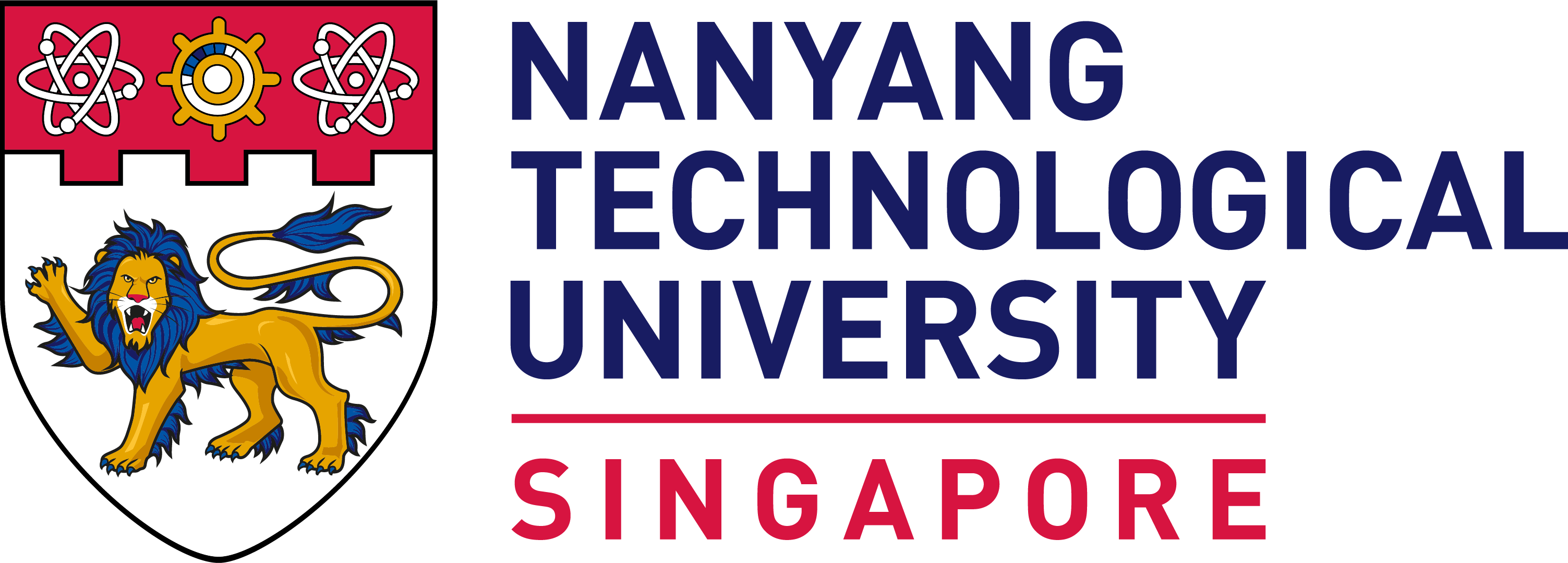第七场演讲主讲人:裴刚教授 Prof. Cavin F. Pamintuan

裴刚教授 Prof. Cavin F. Pamintuan
Director of the Confucius Institute and Internationalisation Office at Angeles University Foundation, Philippines
讲题 Topic
Challenges and Prospects of Chinese Language Teaching and Learning in the Philippines
The Chinese language teaching and learning in the Philippines commenced in 1899 when the first Chinese school, the Tiong Se Academy, was established. In the early development of the country’s Chinese language education, it was primarily confined to Chinese schools and private educational institutions, resulting in a significant void within the public-school system. Unlike private schools, the public-school system requires a national policy or legal basis for the inclusion of any discipline to its curriculum, thus, foreign languages remained inaccessible by the public-school students until 2009, when the Philippine Department of Education issued its first policy allowing the inclusion of foreign languages to the public-school system curriculum. The Chinese Mandarin was included in the public-school system in 2011 and piloted to three (3) public schools across the country. Since then, the scope of Chinese language teaching has expanded exponentially, now encompassing 153 schools distributed across all 15 regions of the country. Further, the public-school system now has 563 local teachers who cater 14,000 junior high school students annually. Alongside with the increasingly widening scope of the Chinese language teaching in the country are the number of challenges that hinder its further development. However, addressing the evolving challenges of the CLT in the country may result to new prospects that can be explored to further strengthen and deepen the CLT in the country. This paper presents a panoramic view of the Chinese language teaching and learning in the Philippines, contributing in the enrichment of the ongoing discussion on the context of CLT in the Southeast-Asian countries. Guided by both theoretical and practical knowledge, this paper provides insights on how to proactively address issues surrounding Chinese language teaching and learning to achieve better outcomes. The paper is mainly divided into three (3) parts namely: (1) Current Status of CLT in the Philippines; (2) Challenges of CLT in the Philippines; and (3) Prospects of CLT in the Philippines.














/enri-thumbnails/careeropportunities1f0caf1c-a12d-479c-be7c-3c04e085c617.tmb-mega-menu.jpg?Culture=en&sfvrsn=d7261e3b_1)

/cradle-thumbnails/research-capabilities1516d0ba63aa44f0b4ee77a8c05263b2.tmb-mega-menu.jpg?Culture=en&sfvrsn=1bc94f8_1)
